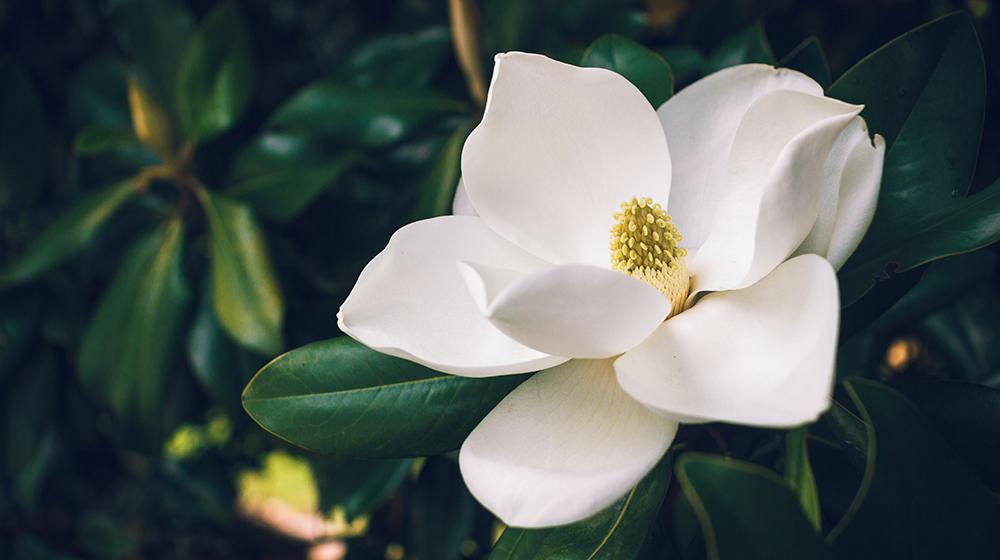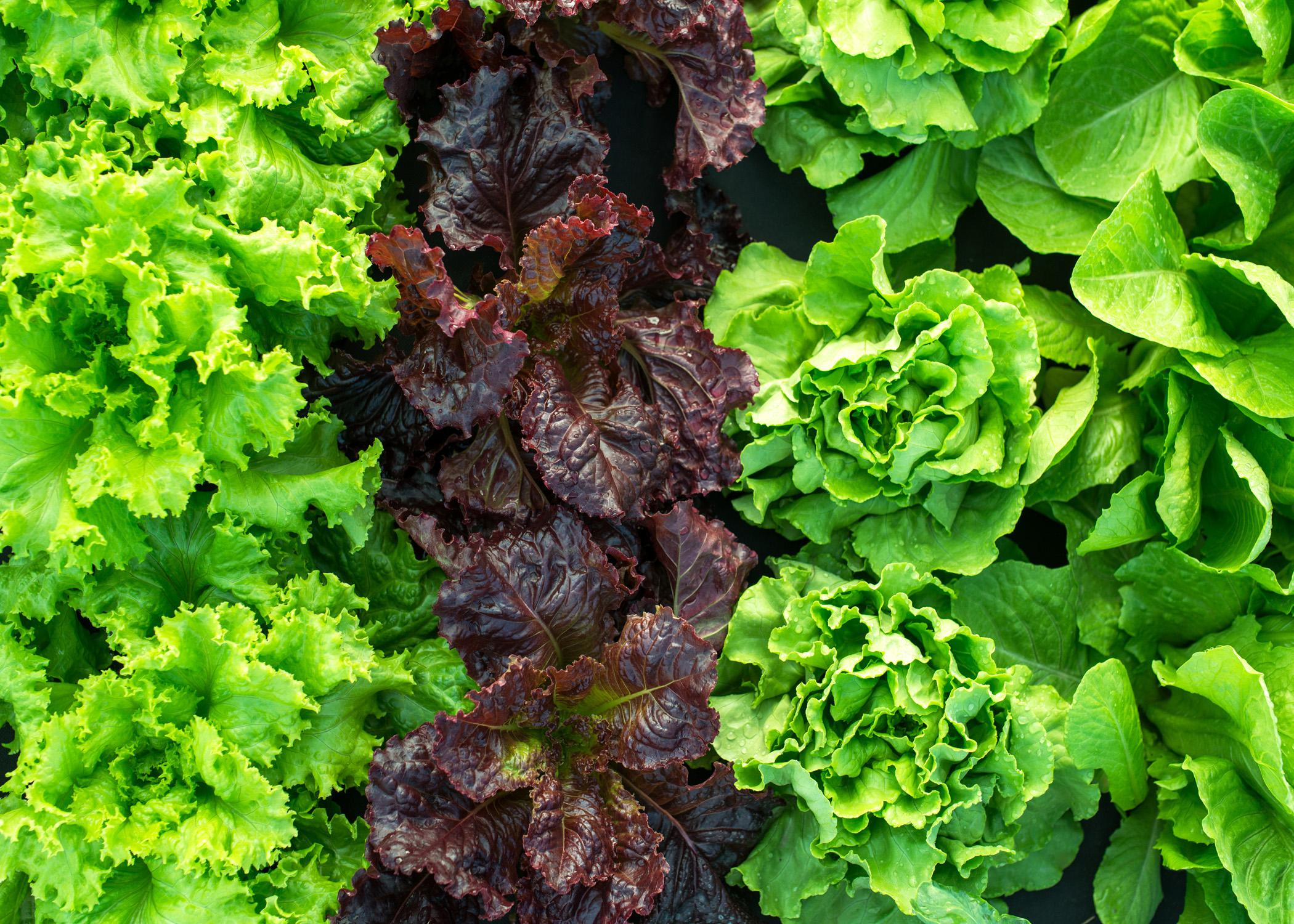Tree of the Month: Southern Magnolia

Mississippi’s state tree, the Southern Magnolia, has become a popular choice in many yards across the state. Known for their beautiful white flowers and ornamental, leathery leaves, Southern Magnolias make the perfect addition to any yard if the conditions are right for the trees to thrive.
Close your eyes and think back to your childhood. Remember all those times you tried so hard to climb to the very top of the tree in your parent or grandparent’s front yard? For me, the tree I used to climb was a Southern Magnolia. The way its branches grew close to the ground, made it the easiest tree to climb. Once I was in the tree, the branches made the perfect seat and jungle gym for me and my siblings. I still remember the sweet fragrance of the magnolia blooms floating in the air of my parents’ yard each spring.
Mississippi’s state tree, the Southern Magnolia, has become a popular choice in many yards across the state. Known for their beautiful white flowers and ornamental, leathery leaves, Southern Magnolias make the perfect addition to any yard if the conditions are right for the trees to thrive.
Southern Magnolias are easy to identify because of their distinct characteristics.
- Leaves: A magnolia tree is an evergreen. Its leathery, oval-shaped leaves are dark green and glossy on the top with a rust color underneath.
- Bark: The bark is relatively smooth on young trees and moderately cracked and furrowed on more mature trees. The bark is gray to light brown and 0.5 to 0.75 inches thick.
- Flowers: The large, white flowers are cup shaped, can have up to 12 petals, and be 8 inches in diameter. They begin to bloom in April and continue blooming until late summer.
- Fruit: You will see cone-shaped clusters resembling a pine cone on Southern Magnolias. They are typically 3 to 4 inches long and 1.5 to 2.5 inches in diameter. The cone begins with a purplish hue at first, but then turns rusty brown. Southern Magnolia seeds grow on the cones. Squirrels, songbirds, and other small mammals enjoy their seeds as a tasty treat.
- Habitat: Southern Magnolias are typically found thriving in areas within 200 miles of the coast, in minor secondary stream bottoms and swampy areas, or on lower slopes in the uplands. Southern Magnolias grow best in full sun, but they can tolerate partial shade.
Throughout history, various parts of magnolia trees have been used in traditional medicine. The bark, flowers, and leaves are believed to have medicinal properties, with applications ranging from stress relief to the treatment of respiratory ailments.
Southern Magnolias are beautiful to look at, helpful for the environment, and useful for medicinal purposes. You cannot go wrong when adding Southern Magnolias to your landscape.
If you want to learn more about Mississippi’s trees, check out Extension Publication 146, “Know Your Trees.”
Subscribe to Extension for Real Life
Fill in the information below to receive a weekly update of our blog posts.
Recent Posts
Related News
Pages
Related Publications
Pages
- « first
- ‹ previous
- 1
- 2
- 3









